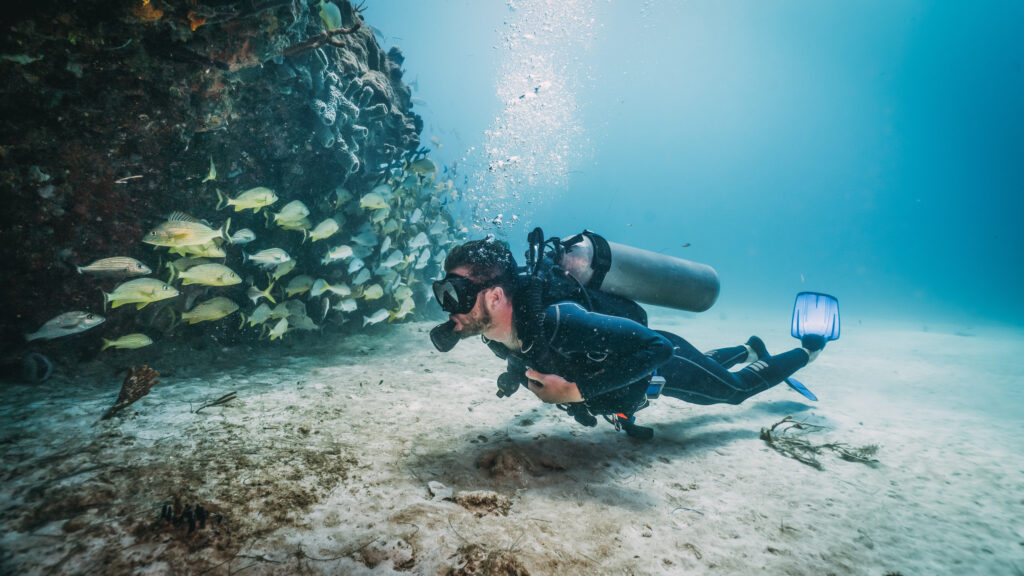What is Fogging?

Fogging refers to the condensation of moisture on the interior surface of a scuba diving mask, which can obscure vision and hinder underwater experiences. This phenomenon occurs when there is a significant temperature difference between the warm air inside the mask and the cooler water outside. As the diver exhales, moisture-laden air comes into contact with the cooler mask lens, resulting in condensation or fogging. Understanding the mechanisms behind fogging and how to prevent it is essential for ensuring a safe and enjoyable diving experience.
What is a Low Volume Mask?

A low volume mask is a specific type of diving mask designed to minimize the internal air space between the diver’s face and the lens. This reduced volume makes it easier to equalize pressure and clear the mask of water, enhancing comfort and efficiency, especially in activities such as freediving and spearfishing. Low volume masks are distinguished by their close-fitting design and the ability to improve a diver’s overall underwater experience by offering a broader field of vision and less buoyancy.
What is Mask Clearing?

Mask clearing is a crucial skill that every scuba diver must learn and master to ensure a safe and enjoyable underwater experience. This technique involves removing water that has inadvertently entered the diver’s mask while underwater. Mask clearing is typically taught during open-water certification courses and is essential for maintaining clear vision and preventing mask-related issues during dives.
What is Visibility?

Visibility in scuba diving refers to how clearly a diver can see underwater. It is measured as the distance a diver can see horizontally in the water and is a critical factor influencing the overall diving experience. High visibility allows divers to appreciate the beauty of underwater ecosystems, navigate more efficiently, and maintain safety by clearly seeing their surroundings and fellow divers. Conversely, low visibility can obscure important visual cues, making navigation more challenging and potentially increasing the risk of disorientation or accidents. Understanding the factors that affect visibility, how it is measured, and its implications for marine life and diver safety is essential for anyone involved in scuba diving.
What is a Diving Mask?

What is a Diving Mask? A diving mask is an essential piece of equipment for divers, enabling clear underwater vision and providing an air space between the diver’s eyes and the water. The mask ensures that both eyes can see in the same plane underwater, which is crucial for safe and enjoyable diving experiences. This […]
